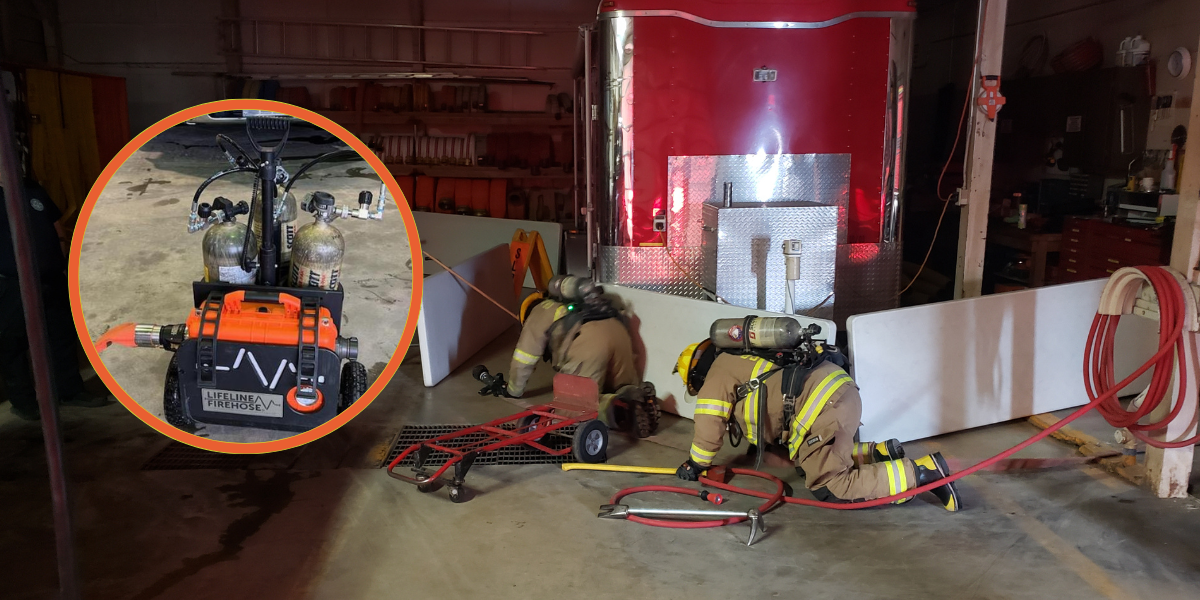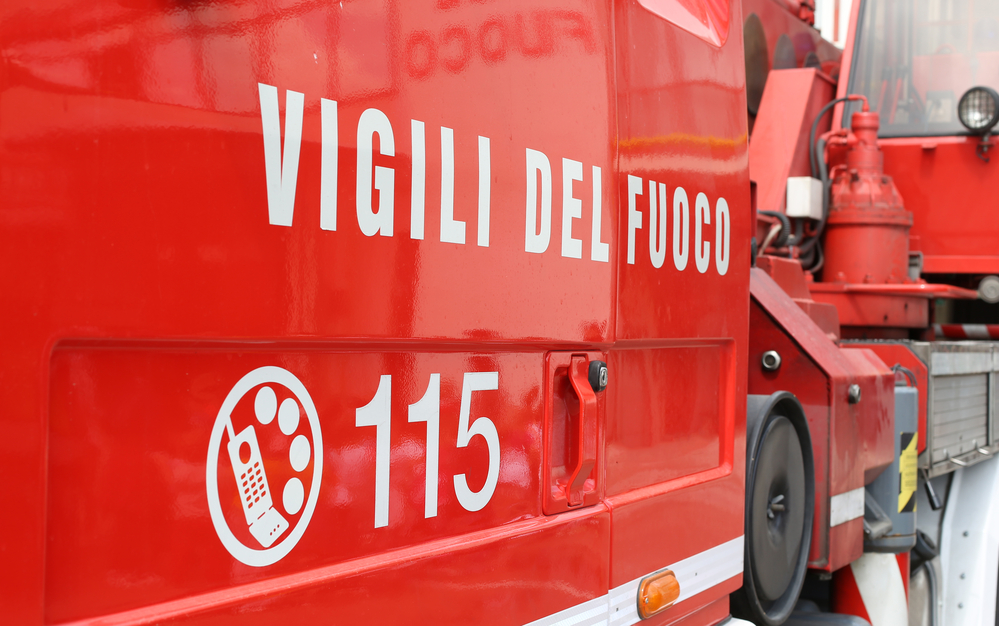Gary Strong, Chair of the IFSS Coalition and Global Building Standards Director, RICS, discusses the overhaul of global fire safety.
Why are fire safety standards so important?
The magnitude of the fire problem around the world is enormous. Annually, fires cause more than 150,000 deaths and in excess of 7m injuries, while tens of thousands of people are displaced. Costs in human, property and business terms amount to billions of dollars, a total that has been estimated to be as high as 1–2% of GDP in high-income countries. Concerted international action is needed to prevent this.
The IFSS represent an industry-led effort to reconcile differing or, in some cases, non-existent fire safety requirements in countries around the world. Contrasting approaches have resulted in significant variations in the design, approval, construction and operation of buildings and infrastructure, all of which increases fire risk.
The coalition has worked hard to produce globally applicable standards that will improve fire safety in buildings new and old, ensure consistent requirements, and reduce the risk to life. The new global plan advances that work, aiming to reduce the forecast fatalities, injuries, costs, and environmental impact from fire around the world by 2032, despite the predicted increase in population over this period.
How does the IFSS Coalition help with fire safety?
The IFSS Coalition is an industry-led global response to address differing or, in some cases, non-existent requirements in countries across the world to fire safety. Contrasting approaches have resulted in significant variations in the design, approval, construction methods and operation of buildings and infrastructure, impacting fire risk.
Our coalition has worked hard to produce this globally applicable way to bring improvements and consistency in fire safety to buildings and infrastructure new and old, and reduce the risk to lives.
The goal of the Decade of Action for Fire Safety is to stabilise and reduce the forecast level of fire fatalities, injuries, economic cost, and environmental impact around the world by 2032 despite an increase in population over this period.
This new initiative is unprecedented, being the first agreement on fire safety actions on this international scale, with its development supported by the United Nations in line with its own sustainable development goals. It is the outcome of extensive work and worldwide expertise on fire safety drawn from over 80 coalition organisations, and will bring reassurance that the construction and management of buildings and infrastructure upholds appropriate fire safety standards, with improved training, education, and resources.
You recently presented at the UN, what is the Decade of Action for Fire Safety?
The IFSS Coalition of over 80 fire safety leadership organisations on Monday 11 October launched a new Decade of Action for Fire Safety 2022-2032, to ensure an internationally consistent approach to the safety and management of buildings, infrastructure and more with the aim of saving lives by reducing risk and preventing devastating fires.
The launch of the Decade of Action for Fire Safety is backed by the UN and builds on the International Fire Safety Standard – Common Principles (IFSS-CP) published by the International Fire Safety Standards Coalition (IFSS) in October 2020. It follows extensive work to bring public confidence around the regulation and control of fire safety measures.
The Decade of Action delivers a clear goal, performance-based objectives framework and common actions that align with the UN Sustainable Development Goals (SDGs) that can take place at the individual, community, city, national, regional, and global level, which can be defined as follows:
- Pillar 1 – People – actions to help individuals and groups understand fire, what they can do to increase their understanding
- Pillar 2 – Products – actions to reduce fire hazards associated with appliances, contents and building components
- Pillar 3 – Structures – actions to reduce fire hazards associated with structures including planning, design, and operation
- Pillar 4 – Infrastructure – actions to help enhance firefighting infrastructure
- Pillar 5 – Communities – actions to facilitate sustainable and fire resilient communities.
An international intitiative for global standards of this scale is unprecedented, what are your aims?
This new initiative is unprecedented, being the first agreement about long-term actions in fire safety on an international scale, and it is supported by the UN in line with its Sustainable Development Goals (SDGs). The plan relates in particular to the following SDGs:
Goal 3: ensure healthy lives and promote well-being for all
Goal 9: build resilient infrastructure, promote inclusive and sustainable industrialisation, and foster innovation
Goal 11: make cities and human settlements inclusive, safe, resilient and sustainable
Goal 17: strengthen the means of implementation and revitalise the global partnership for sustainable development.
The global plan is itself the outcome of three years of work, drawing on worldwide expertise in fire safety to offer public reassurance that the construction and management of buildings and infrastructure upholds appropriate safety standards, with improved training, education, and resources for a broad range of stakeholders.
The plan establishes a clear performance-based framework and common actions that can be taken at the levels of the individual, community, city, nation and region, as well as globally.
It identifies the following five pillars for fire safety:
People: actions to help individuals and groups understand fire – and what they can do to improve that understanding – as well as the need for awareness, training and competent professionals
Products: actions to reduce fire hazards associated with appliances, building contents and construction components structures: actions relating to planning, design and operation to reduce the fire hazards associated with structures infrastructure: actions to enhance firefighting infrastructure
Communities: actions to enable sustainable and fire-resilient communities.
The plan is intended to guide coordinated and concerted efforts on fire safety, explaining the context and rationale for the coalition’s declaration of a decade of action.
To stay up to date on the latest, trends, innovations, people news and company updates within the global fire market please register to receive our newsletter here.
Media contact
Rebecca Morpeth Spayne,
Editor, International Fire Buyer
Tel: +44 (0) 1622 823 922
Email: editor@firebuyer.com








